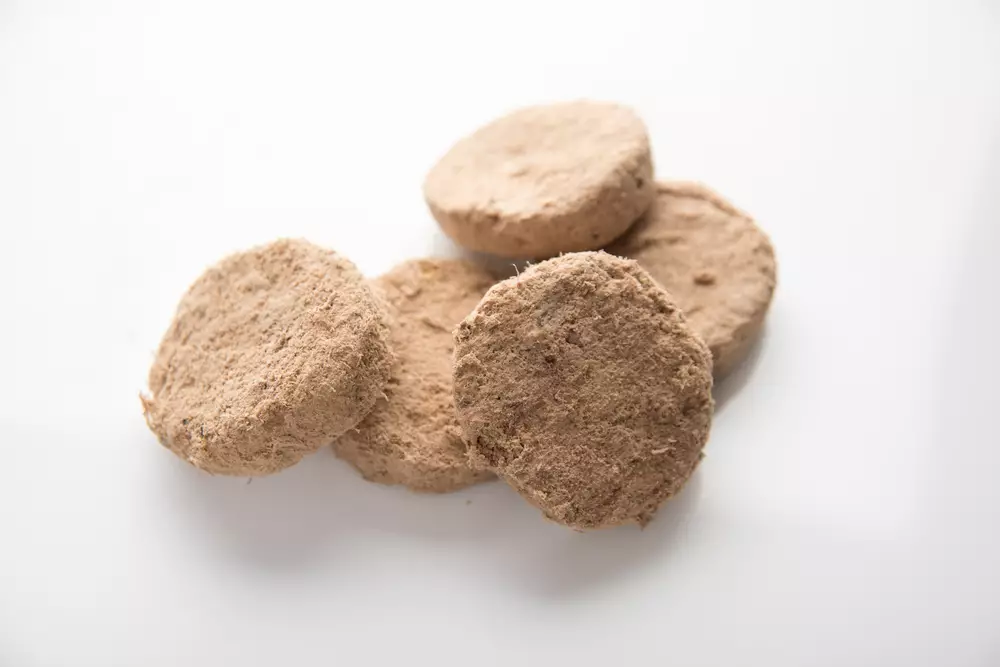When it comes to choosing the best nutrition for our canine companions, dog owners face a plethora of options. In the spotlight today are two contenders: freeze-dried dog food and traditional dry dog food, commonly referred to as kibble. Each option presents its own array of merits and drawbacks, making the choice a vital one for the health and happiness of our furry friends.
Unlocking the Benefits of Freeze-Dried Dog Food
Freeze-dried dog food has gained traction among pet owners in recent years, largely due to its impressive nutrient preservation. This innovative process involves removing moisture from raw ingredients under extreme low temperatures, a method called sublimation. The result is a lightweight, shelf-stable food that retains the natural goodness and essential nutrients typically found in a raw diet.
One of the standout advantages of freeze-dried food is its long shelf life, often surpassing that of traditional kibble. Without preservatives, these products can last for years when unopened — an appealing feature for pet owners seeking practical storage solutions. Furthermore, this option provides the flexibility to serve it dry or rehydrate it with water. Nutritionally, freeze-dried food often contains whole-food ingredients, free from fillers, ensuring that dogs receive high-quality proteins and essential vitamins for optimum health.
However, the luxury comes at a price. Premium freeze-dried dog food usually ranges from $25 to $50 per pound, presenting a budgetary challenge for many consumers. Despite this, the benefits of a more natural and nutrient-dense diet can outweigh the initial investment, especially for dogs with specific dietary needs.
The Convenience of Kibble
On the other side of the spectrum lies dry dog food—or kibble—a staple in many households. Kibble is produced through a high-heat cooking process that shapes and dries ingredients into convenient bite-sized pieces. This method enhances the product’s convenience: it is easy to measure, store, and serve without the need for refrigeration. Kibble’s accessibility doesn’t end at storage; its long shelf life—thanks to added preservatives—makes it a go-to choice for many busy pet owners.
Kibble also holds some perks for pet dental health. Its crunchy texture can help reduce tartar build-up, promoting better oral hygiene. While the cooking process may cause some nutrient degradation, manufacturers often fortify kibble with vitamins and minerals, ensuring a nutritionally balanced diet remains achievable. The price reflects its widespread popularity; typical costs range from $0.50 to $2 per pound. Premium options can be on the pricier side, but overall, kibble is an economical choice.
Yet, the disparity in ingredient quality cannot go unnoticed. While some brands aim for high-quality sources, others may rely on fillers like corn and soy, which can adversely affect some dogs. Additionally, some dogs may experience digestive discomfort if sensitive to common fillers found in various kibble options.
Nutritional Value: A Deeper Dive
When evaluating nutritional value, freeze-dried dog food shines for its exceptional ingredient quality and nutrient retention. Due to minimal processing, freeze-dried options are less likely to degrade essential vitamins, offering a more holistic diet that mirrors what dogs would eat in the wild. In contrast, kibble may compromise some nutrient integrity due to its high-heat cooking method, even though it aims to compensate through added nutrients.
Moreover, freeze-dried dog foods are often grain-free and feature limited ingredients, attracting pet owners with dogs that have allergies or food sensitivities. While there are hypoallergenic kibble options, those made with grains can sometimes trigger allergic reactions in dogs, making ingredient scrutiny crucial.
Despite its advantages, the convenience factor cannot be understated when considering kibble. With no need for preparation or rehydration, it caters perfectly to a fast-paced lifestyle, offering a hassle-free feeding option.
Making the Right Choice for Your Pet
Ultimately, the choice between freeze-dried food and kibble encompasses various factors, including your dog’s unique dietary needs, your lifestyle, and budgetary constraints. While freeze-dried options offer a substantial nutritional edge, kibble exemplifies convenience and affordability, setting the stage for an informed pet food decision.
By blending the two options, many pet owners have found success in enhancing their dogs’ diets. Mixing freeze-dried food with kibble can add flavor and nutrition, creating a balanced diet if done carefully to avoid overfeeding.
In this ongoing debate over pet nutrition, one thing is clear: understanding the specific needs of your dog and staying informed about the quality and types of food available are essential first steps in making the best nutritional decisions for your beloved pet.

